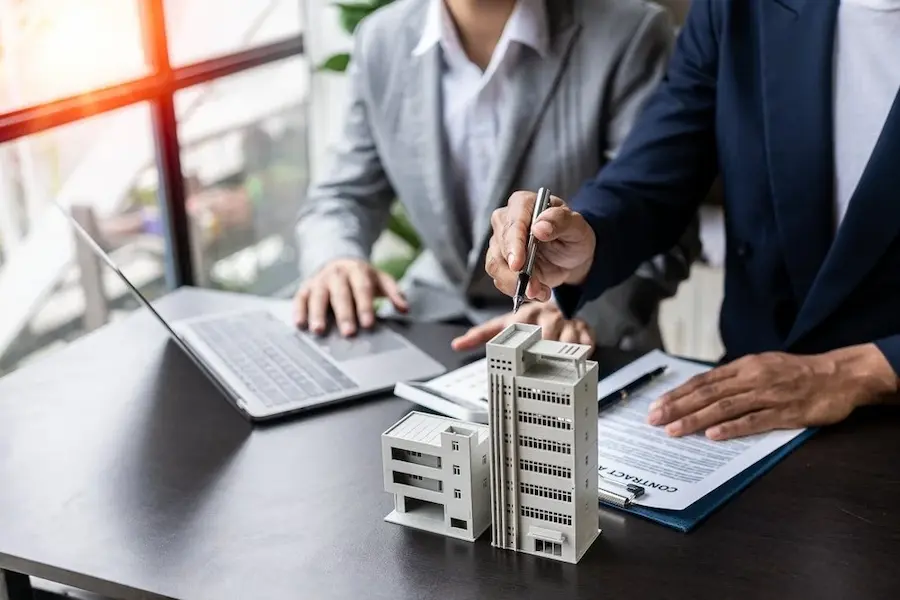Table of Contents
Introduction
Trees in commercial properties enhance curb appeal, improve air quality, and provide shade, while increasing property value and creating a welcoming atmosphere. However, if left unattended, trees can become liabilities, posing risks to property owners and managers. Trusted commercial tree services Richardson can ensure hazard-free landscapes while complying with local safety regulations. Identifying and addressing tree hazards helps prevent injuries, legal complications, and costly repairs. Staying informed about tree care best practices contributes to a safer environment for employees, tenants, and visitors and signals professionalism and concern for clients’ well-being.
Common Tree Hazards on Commercial Properties
Falling branches and trees pose significant hazards on commercial properties due to storms, high winds, and natural decline. Weak, dying, or dead limbs can cause serious property damage and personal injuries if not addressed promptly. Regular pruning and removal of hazardous branches are essential maintenance practices. Root damage to infrastructure can cause cracks and heaves, trip hazards, and increased maintenance costs. Selective planting, careful species choice, and root management strategies are crucial for protecting vital infrastructure and preserving tree health.
Trees in distress are more vulnerable to pest infestations and diseases, which can lead to extensive removals and loss of landscape investment. Early detection and prompt intervention can help safeguard individual specimens and the broader landscape.
Obstructed visibility on commercial properties can result from not regularly trimming trees blocking important visual elements, such as business signage, traffic signs, building addresses, entrances, and security lighting. Overgrown branches may cast excessive shade, creating poorly lit walkways and parking areas, reducing safety after dark. Scheduled maintenance is essential for clear sightlines, safe navigation, and overall property accessibility.
Legal and Financial Implications
Liability Risks
Property owners and managers are responsible for preventing hazards, and courts hold them to this standard. Neglecting tree hazards can result in legal claims and financial penalties. Courts expect commercial properties to follow industry standards for landscape maintenance, making regular inspections and documented care essential. Addressing hazards as soon as they arise reduces the risk of costly lawsuits, reputational damage, and business interruptions. However, delayed maintenance often increases expenses, such as emergency removals and fines if city codes or ordinances are violated. Proactive care is more effective in maintaining safety and property appearance, and consistent upkeep ensures trees remain healthy and attractive.
Best Practices for Tree Maintenance
- Regular Inspections: Have certified arborists inspect trees at least once a year, and also after severe weather, to identify any signs of instability, structural weakness, decay, or disease. Early identification allows for more cost-effective and safer interventions.
- Pruning and Trimming: Maintain clearances from buildings, signage, lighting, and pathways. Remove dead, dying, or overhanging branches that pose safety or operational concerns, and shape trees to promote healthy growth and better airflow, which helps prevent disease.
- Soil and Root Care: Protect root zones from soil compaction caused by vehicle or equipment traffic, replenish nutrients as required by soil testing, and use root barriers or selective planting policies where vital infrastructure might be threatened. Proper mulching can further enhance root health.
- Pest and Disease Management: Use integrated pest management (IPM) strategies to reduce pest populations, encourage beneficial insects, and treat diseases before they have a chance to spread throughout the property. Periodic assessments help ensure that outbreaks are contained quickly.
- Documentation: Record all inspections, treatments, and maintenance activities. This provides essential evidence of compliance with industry standards and legal requirements, aids in diagnosing recurring issues, and supports future planning to keep your landscape thriving.
Conclusion
Trees can add immense value to commercial properties, but that value depends on consistent care and hazard management to prevent costly problems. Proactively addressing potential threats—from falling limbs and root encroachment to disease and pest outbreaks—ensures safer, more appealing environments for everyone who visits, works, or resides on the premises. Stay vigilant, partner with experienced professionals, and prioritize thorough documentation to protect your investment and reputation for years to come.
